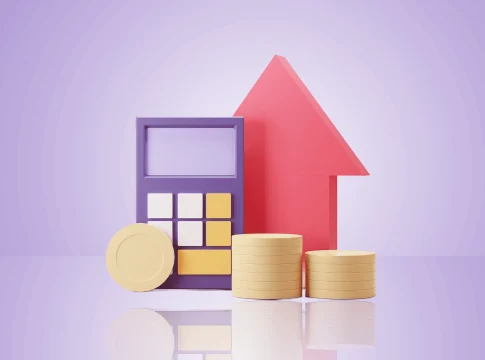Understanding Current CD Rates: What You Need to Know
When it comes to choosing the right Certificate of Deposit (CD), various factors play a significant role in determining rates. Understanding these can help you make more informed financial decisions.
The Role of the Federal Reserve
One major influence on CD rates is the federal-funds rate, which is controlled by the Federal Reserve. As the Fed began reducing its benchmark rate towards the end of 2024, CD rates followed suit, leading to generally lower returns for savers. However, with the Fed’s decision to maintain its rate in June 2025, we can expect CD rates to stabilize in the near term.
Bank Goals Matter
Another critical component affecting CD rates is the financial institution’s objectives. Banks and credit unions aim to strike a balance between what they pay depositors and what they earn from loans. For instance, if a bank charges 9% interest on loans, it needs to offer a lower yield on CDs to remain profitable. So, if a bank advertises a 4.65% yield on a six-month CD, it’s often to attract more customers without jeopardizing its margins.
Term Length Impacts Rates
The length of a CD term can also affect its interest rate. If a bank anticipates future rate cuts by the Federal Reserve, it may offer higher yields on short-term CDs to attract deposits. This strategy ensures that when the CD matures, depositors may find themselves renewing at a lower rate. Conversely, if rising interest rates are on the horizon, banks might provide better rates on long-term CDs, enticing savers to commit to longer-term investments instead.
Choosing the Right CD for Your Goals
As you navigate through various CD options, it’s essential to consider your personal financial objectives:
-
Timing is Key: Evaluate when you’ll need access to your funds. CDs impose penalties for early withdrawals, so if you have a near-term savings goal, a short-term CD might be more suitable. But, if you don’t need immediate access, locking in a long-term CD could provide greater security.
-
Assess Your Commitment: Think about how much you wish to invest in CDs. While CDs can enhance returns on cash in your portfolio, they do reduce liquidity. If you have enough capital, jumbo CDs offer attractive rates, though they require larger minimum deposits. A CD laddering approach—where you stagger the maturity dates of several CDs—can also help you maintain more frequent access to your money while taking advantage of various rates.
- Stay Updated on Trends: As you compare CD rates, keep an eye on expert predictions regarding future yield movements. If you believe rates will decline, locking in a higher rate on a medium- to long-term CD might be wise. Conversely, if you anticipate an increase, a short-term CD could allow you to benefit from rising rates when it matures.
Conclusion
Understanding the nuances behind CD rates can give you a clearer picture of how to manage your savings effectively. By considering factors like timing, your financial commitments, and future trends, you can make informed choices that align with your goals and secure your hard-earned money more effectively. With the right strategy, you can maximize your returns while minimizing potential risks.

Writes about personal finance, side hustles, gadgets, and tech innovation.
Bio: Priya specializes in making complex financial and tech topics easy to digest, with experience in fintech and consumer reviews.

